Recently, Alibabadropped a “small bomb” in the AI circle by forming a dedicated embodied intelligence team under its Qwen (also known as the Tongyi Qianwenteam).
This was announced by Lin Junyang, the technical head of Tongyi Qianwen, who specifically mentioned, “I personally built this team,” indicating the importance placed on this initiative.
Foreign media commented that this is Alibaba’s clearest move yet to develop a physical AIsystem. It’s worth noting that major players like OpenAIand Googlehave already ventured into the embodied intelligence space, and Alibaba’s action signifies that they are officially catching up.
This small team is not just a makeshift group.
It belongs to the Qwen team, which is the core department for Alibaba’s flagship foundational models. Previously, they were responsible for the development, open-sourcing, and commercialization of the Qwen series of large language models and multimodal models.
With this technical foundation, the small team doesn’t have to start from scratch, effectively starting on the shoulders of giants, which I think is quite wise as it allows them to avoid many detours.
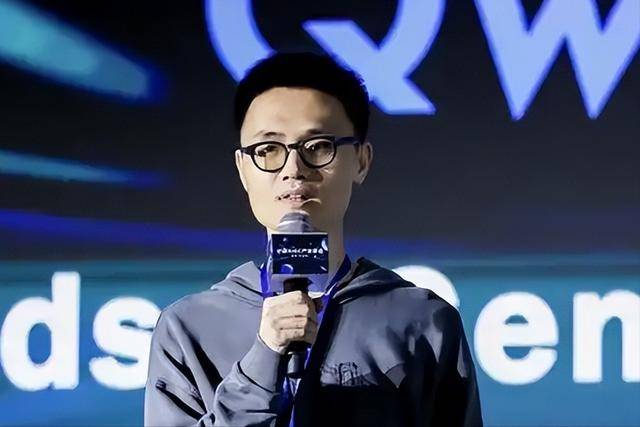
Lin Junyang is also worth mentioning.
I initially wanted to check his background before joining Alibaba, but found limited public information. I only know that he graduated with a master’s degree in linguistics and applied linguistics from Peking Universityin 2019 and started at Alibaba as a senior algorithm engineer.
At the beginning of his tenure, he primarily researched natural language processing in search and recommendation scenarios, as well as multimodal modeling.
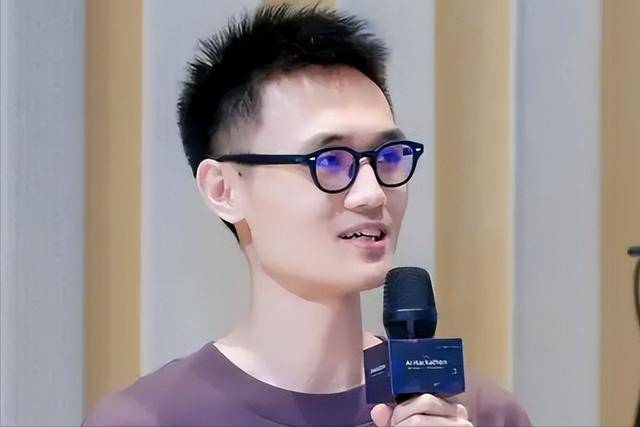
By 2020, he transitioned to working on large-scale pre-trained models. In just two years, he led the development of the M6 model with MoE architecture as a core developer, which was a significant early large model for Alibaba capable of handling multimodal tasks like text and images.
After 2022, he shifted focus to general large models, and once the Qwen project was established, he became the technical lead, guiding the team in developing the Qwen series of models and leading the open-sourcing efforts.

Given his extensive experience in foundational AI models over the years, having him lead the embodied intelligence initiative is certainly not a random decision; the technical accumulation is there.
From “providing funding” to “doing it ourselves”, how long has Alibaba been laying the groundwork for embodied intelligence?
However, it’s worth noting that Alibaba is not new to embodied intelligence.

As early as 2024, the group began investing in this field. Companies like Zhujidongli, Xingdong Jiyuan, and Yushutech, which focus on embodied intelligence, have all received investment from Alibaba. Zhujidongli even launched the WalkerX humanoid robot last year, capable of navigating and grasping objects; Yushutech is also well-known in the industry for creating robots used in industrial and research scenarios.
In September of this year, Alibaba Cloudled a funding round for Variable Robotics, investing $140 million, marking Alibaba Cloud’s first direct involvement in the embodied intelligence space. It is said that this funding will be used for algorithm development and establishing industrial robot production lines.
Just providing funds is not enough; they have also integrated technology and ecology.

At the Yunqi Conferencein September, Alibaba Cloud collaborated with NVIDIAto launch a “Physical AI” initiative, explicitly stating the intention to integrate AI large models with robotics, automation, and industrial manufacturingto create an “intelligent physical world operating system.”
In simple terms, this means enabling AI not only to reason, generate content, and interact with people in the cloud, but also to control how robotic arms move, analyze data from sensors, and plan movement trajectories.
Previously, Alibaba’s AI efforts were mainly focused on software; now, with the formation of a small team and collaborations, it is clear that they aim to shift from “purely virtual” to “real-world applications”. This direction aligns with NVIDIA‘s Jensen Huang’s assertion that there are long-term opportunities worth trillions of dollars in the AI and robotics fields, and Alibaba certainly does not want to miss out on this lucrative market.

Moreover, Alibaba’s approach differs from that of other major players.
OpenAI collaborates with Figure to integrate the GPTmodel into robots, emphasizing a “model output + external hardware” strategy; Google is developing the RT-2 model in-house and has formed its own internal robotics team, following a “full-stack self-research” path.

In contrast, Alibaba invests in helping external companies grow while also developing the Qwen model as its technological core, effectively adopting a “two-pronged approach” that allows them to supplement hardware shortcomings through investment and master core technologies through self-research, thereby significantly reducing risk.
Can Lin Junyang lead the team to success in the embodied intelligence arena?
Currently, the global embodied intelligence field has become a “mixed battlefield.”
Besides Alibaba, the Figure01 robot, developed in collaboration between OpenAI and Figure, was launched last year and can move boxes and open doors; Google’s RT-2 model is already being used for industrial quality inspection; Microsofthas also invested in Covariant, targeting warehouse logistics scenarios.

With Alibaba forming a small team at this time, they have officially entered the “battlefield”.
However, Alibaba also has its own advantages.
It has existing scenarios in e-commerce, logistics, and industrial manufacturing; for embodied intelligence to be implemented, they do not need to find new scenarios for trial and error but can directly apply it to their own business. For instance, using robots to sort goods in warehouses and letting AI control robotic arms in industrial settings are all immediate needs.
Additionally, Alibaba Cloud has substantial computing power, which is essential for training embodied intelligence models. They can handle this internally without relying on external resources, which will be a significant advantage when scaling up later.
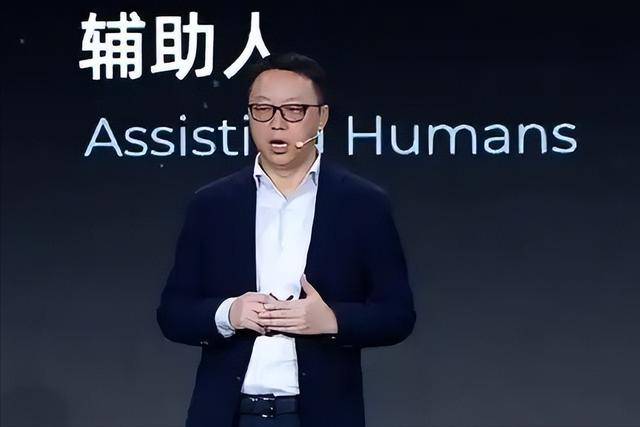
Alibaba CEO Wu Yongmingpreviously mentioned at the Yunqi Conference that the total global investment in AI will exceed $4 trillion in the next five years, and Alibaba will continue to invest heavily to advance AI from foundational models to embodied intelligence and robotic applications.
Therefore, the formation of the Qwen small team is not a spur-of-the-moment decision but a key step in Alibaba’s overall AI strategy, effectively tying together all previous groundwork.
Of course, embodied intelligence is not easy to implement.
There are too many variables in real environments; for example, changes in lighting can lead to inaccurate sensor recognition. Robots must plan long sequences of steps to complete complex tasks, which places high demands on the model’s reasoning capabilities. Moreover, the hardware costs for humanoid robots are not low, making scaling up challenging.

However, with the support of previously invested companies and the technical accumulation of the Qwen model, it is possible that they can gradually overcome these challenges.
By the way, there is a small question: until now, I have not seen any recruitment information for this small team.
I initially thought they would quickly start hiring, but there has been no movement. I don’t know if they are still building the core team or have other plans.
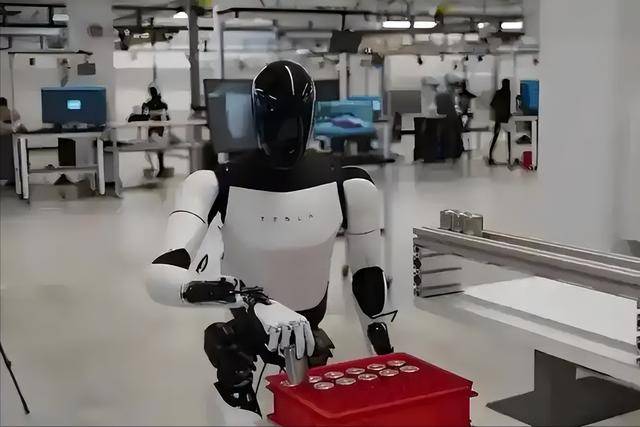
If there are any friends with inside knowledge, feel free to reach out to discuss.
Alibaba’s formation of the Qwen embodied intelligence small team marks a shift from being “behind the scenes” to “front and center” in its embodied intelligence strategy.
From investing in 2024, collaborating with NVIDIA, to now forming a team for self-research, they have progressed steadily.
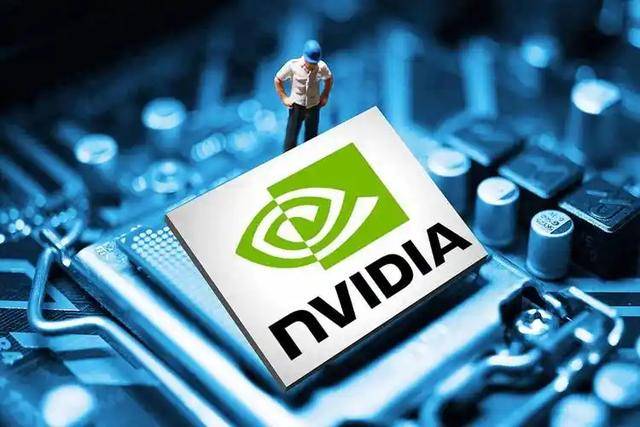
Next, it will be interesting to see if Lin Junyang can lead the team to implement the technology and achieve results in warehousing and industrial scenarios. After all, the competitors in this field are not pushovers, and to win, they need to demonstrate real capabilities.返回搜狐,查看更多

